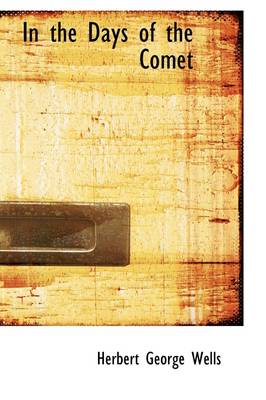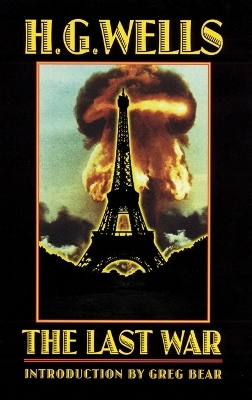Bison Frontiers of Imagination
5 total works
The Sleeper awakes in 2100 to a futuristic London adorned with wondrous technological trappings yet staggering under social injustice and escalating unrest. His awakening sends shock waves throughout London, from the highest meetings of the Council to the workers laboring in factories in the bowels of the city. Daring rescues and villainous treachery abound as workers and capitalists fight desperately for control of the Sleeper.




